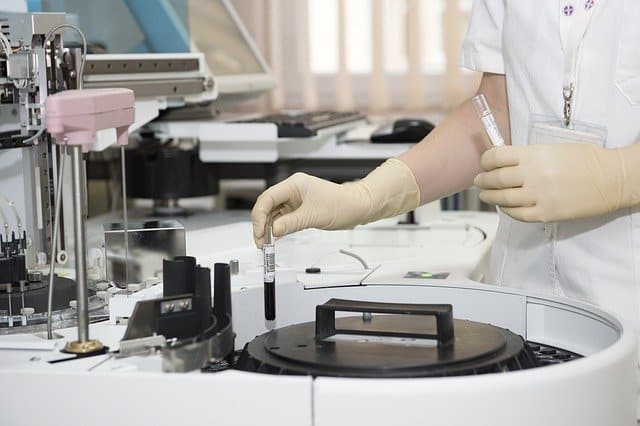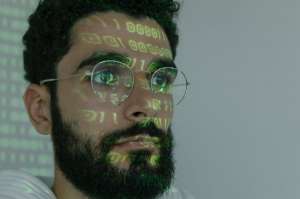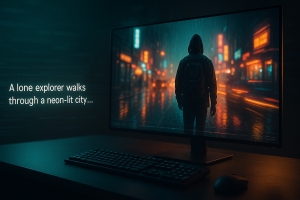In the new era where everything seems digitalized and handled via computers or smart handheld devices, it seems that healthcare is also getting its fair share of technological development. This can be seen in many different examples that will be mentioned, but for the most part, these technologies are there to aid and assist in the speed and efficiency of healthcare. Doctors dealt with a significant amount of problems that were mostly reaching their patients and vising people about their health, that lack of communication lead them to revert to technology to eliminate misconceptions and to perform their job correctly and efficiently. And while we will not have robots performing or assisting in dangerous operations anytime soon, the technologies that are now used for healthcare purposes are becoming more and more widespread. This article will focus on the recent versions of these technologies and the possible ones that we might see in the future, whether on the near or far level.
1. Current healthcare technologies
1.1 Everyday life healthcare
It is the tools that the patient uses on a daily basis during his ordinary routine to monitor and keep track of their health. They vary from wristwatches that can monitor heartbeats and send data to the cloud to be assessed and then return with results about blood pressure, heart rate, blood circulation, to other things that are software related such as apps and algorithmic websites. All of these technologies are there to keep the patient content and bring the treatment to his home rather than having to go to the clinic or the doctor to be monitored appropriately. Taking medicines and self-diagnosis, while not advised with, is much easier and more responsive now that prescriptions are described through websites and virtual clinics. Calming down the patients and lightening their insecurities and paranoia can be accomplished through communication devices and healthcare technology.
1.2 Professional healthcare
The doctors and medical students that usually take care of patients and keep track of their daily and weekly attributes can also use the tools mentioned before. But when it comes to the application of medical science in the clinic or the emergency room requires the steady hand of a professional. In recent years, scientists have been working together under government funding to build machines that can perform tasks of which humans are incapable of doing consistently. It started out with the use of the computers and cloud services to store the info that was related to the patients. Then it moved towards having appointments and medical check-ups online, and later it developed machine scanners and medicinal gear to another level. Today, doctors can use apps such as Medscape, PEPID, Epocrates, and others to give a detailed diagnosis to their patients, and these apps are a very effective method amid the crisis we are living.
1.3 Information and awareness spread
In an attempt to help and reach out to as many people as possible in the most direct manner they can, doctors who are very well known in the medical field took to new media outlets such as social media and personalized media, and they began an awareness-raising campaign against some of the standard therapeutic misconception of our modern age. This has proven to be more effective than media and news outlets due to the accessibility and spontaneity of the process, making it as if they are with the patient in their personal space and adding to the credibility of their advice. On a different note, it appears that some media outlets may not be trustworthy due to their prioritizing getting views over the complete assurance of their information. And in a world where healthcare technology almost guarantees that ultimately, it is hard to keep up with that.Sources and material are, also, a lot easier to acquire save and share via modern equipment, and it only takes a few seconds to do so with efficiency. But the downside of that is that not all sources online are worthy of the users' trust and healthcare safety. So keeping that in mind is a must.Related: The disruptive technology business market plan
2. Anticipated future healthcare technologies
The ability to develop software and hardware every month or so to suit the new preferences of the user is a critical factor to its massive growth, and some of that started to make its way to the medical field. Shortly after the revolution of AI technology and the integration of it into our everyday life, we should have MRI scans that can be done remotely, and AIs that can run a diagnosis on the patient without flaw. For example, scientists in the university of Massachusetts built a machine learning AI that they gave many pictures of eye reticules that belong to various patients. And after programming some minor classification preferences, the AI was able to determine, with a 93% success rate, the age, ethnicity, type of terminal diseases if there was one and the average sight radius. Until this day, eye surgeons are not sure how a computer managed to do that, and even though a human eye could be trained to do such a thing, no one is bothered since you can turn over the page and see the patient's Bio.The main point is this, the next innovation in healthcare technology may not be predictable, but whatever it will be, it will be huge and implemented on a full scale. And just because the technology is used in other domains that are not serving the most considerable interest of the world's population, it does not mean that it cannot be used for public health improvement and world health development.
- What are the benefits of technology?
- Image technology: photo recognition and image processing
- Technology acceptance model the main sociological spectrum
- The cunning ingenuity and innovation behind OLED technology
- Technology news today: updates and detailed analysis of future news
Originally published on Live Positively.






